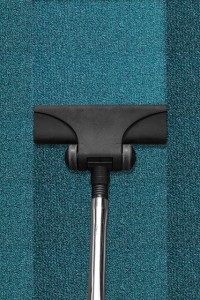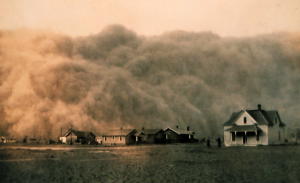Dust: the silent killer
There is a creature in your house. A tiny creature that floats silently and effortlessly around every room in your home, leaving a trail of misery and sneezing in its wake.
Of course, we will all by now have heard some of the effects too much dust can have on our health, but what are the true issues this kind of exposure can cause? We at Vertical Blinds Direct took a look into some of the risks, and, more importantly, what you can do to avoid them.
The risks
For the vain among you, you will be sorry to hear that inhaling dust can result in atopic dermatitis, as well as other skin conditions, such as eczema.
It is amazing just how many people are allergic to dust mites. Over 20 million Americans have allergies to dust, resulting in them developing symptoms like itchy, red and watery eyes, as well as itchy or stuffy noses.
You may be surprised to know that inhaling too much dust can also lead to asthma, thanks to bacteria by-products in household dust, which can trigger attacks. Chances of an asthma attack are increased when additional exposure to dust occurs, such as when it is windy or if you are cleaning.
Perhaps the most shocking, and quite frankly worrying, side effect of dust is that it can actually inhibit brain development.
So what can you do about it?
Despite the shocking revelations above, don’t fear, there are plenty of ways to avoid these health pitfalls.
We don’t want to waste your time by telling you to go to the extremes to avoid dust, like  investing in airtight bags for your pillows or splashing out on a European air filter (although these are useful ways to filter the fluff!). Instead, we are suggesting some simple yet effective ways to avoid these particle pitfalls.
investing in airtight bags for your pillows or splashing out on a European air filter (although these are useful ways to filter the fluff!). Instead, we are suggesting some simple yet effective ways to avoid these particle pitfalls.
There are plenty of things you could do every week to decrease the risks; for example, wash your bedding once a week in very hot water, which will kill the dust mites. If you have a tumble dryer, dry the bedding on hot, as well. Speaking of bedding, sleeping on pillows filled with polyester fibres instead of feathers will also help to reduce dust.
Naturally, floors are a breeding ground for dust mites, not to mention all the other general dirt and grit that accumulates there on a daily basis. If you have any tiled or hardwood floors in your home, give them a going over with a damp mop once a day to pick up as much of these mites as possible – it will make your floor look nice and shiny, too!
If your home is made up of carpeted rooms, be sure to vacuum at least once a week to pick up as much of the dust as possible. When it comes to dusting, a damp microfibre cloth is the best friend you could have. This type of cloth is the Venus Flytrap of fabrics, first attracting the dirt before trapping it nice and tightly.
The result?
Nice, fresh, breathable air within your home! It doesn’t take drastic measurements to reduce your dust intake. It isn’t exactly brain surgery – just keep on top of your dusting, vacuuming and generally keep your home clean, and you’ll be breathing that sweet fresh air in no time.



Comments